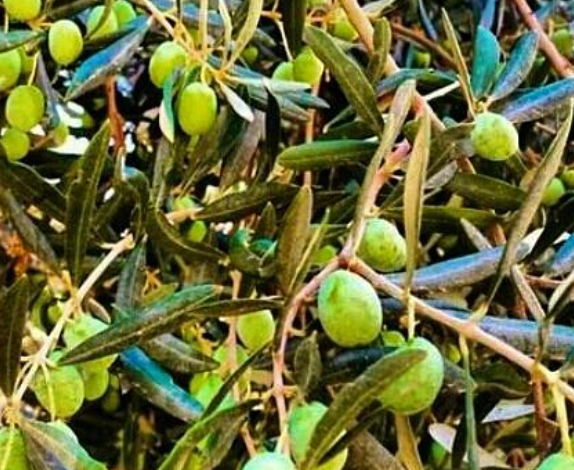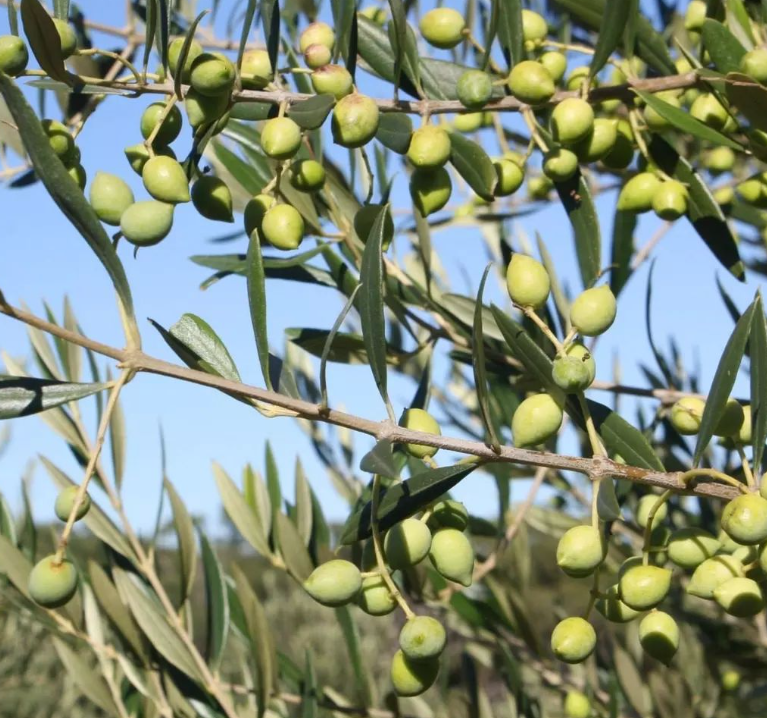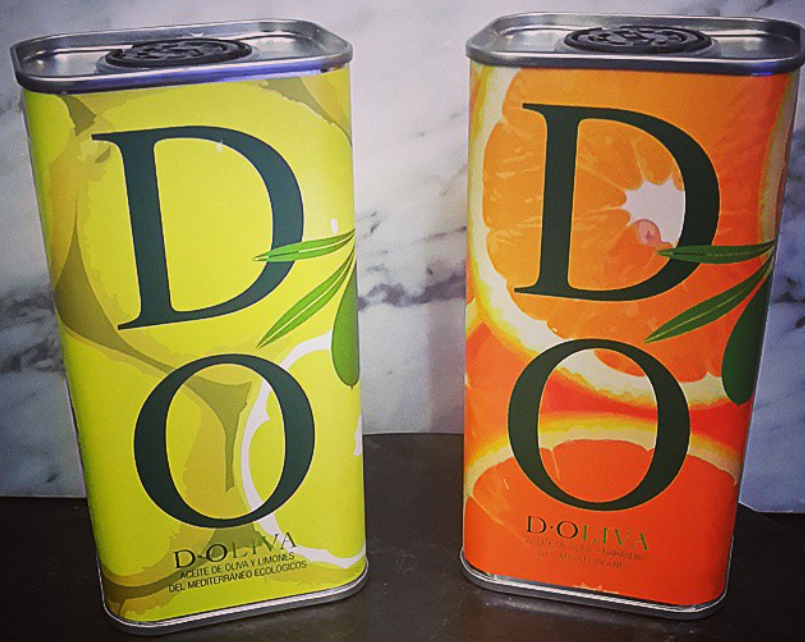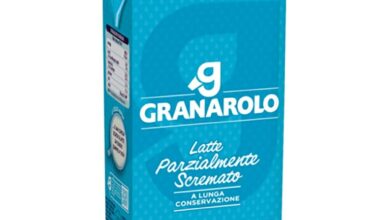
In Spain, the cherished “green gold,” synonymous with olive oil, is both a source of opportunity and challenge for producers as the country grapples with the impacts of climate change and evolving global market dynamics. As olive harvesting season unfolds, the industry faces unprecedented challenges that are driving inflation for consumers and reshaping the landscape for producers. We dive into Spain and it’s olive oil production
Climate Stress on Olive Trees
The stress on Spain’s olive trees intensifies during autumn, particularly in the olive groves of regions like Tabernas Desert Almeria. Harvesting machines, while efficient, pose a risk of fruit loss between October and February due to vigorous shaking. Producers are now confronted with the need to balance increased production demands with the well-being of the trees, which are now subjected to more frequent harvesting cycles.

Impact of Drought on Harvests in Spain
A historic drought has plagued certain regions of Spain, leading to reduced olive harvests in many areas. While olive trees are known for their resilience to drought, last summer’s excessive heat during flowering adversely affected yields. A few producers are mitigating these challenges through gentle harvesting techniques and partial plantation irrigation, ensuring consistent annual yields.
Global Demand and Export Challenges
Spain’s expertise in olive oil production has made its product highly sought after globally. However, increased exports, with up to half of Spain’s olive oil now reaching international markets, have contributed to higher domestic prices.
Structural Issues and Changing Consumer Behavior
Spain and it’s olive oil production faces challenges beyond climatic factors, including outdated agricultural cooperatives that control 80% of the market. The lack of investment in marketing and sales has led to Italian brands dominating the market perception, even when using Spanish-produced oil. Outdated sales structures, coupled with crop failures and structural problems, have contributed to a significant rise in food prices, with olive oil now considered a luxury item.

Looking Ahead: 2025 Predictions for Spain’s olive oil production
Industry experts are predicting a market stabilization by 2025. Estimating that a liter will cost between €3-4 euros in stores. This outlook offers hope for Spanish consumers, who have seen a 15.7% increase in food prices last year, and producers navigating the challenges of evolving global market dynamics.
As Spain’s olive industry adapts to climate change and market shifts, stakeholders are increasingly focused on sustainable practices and strategic supply chain management to secure the future of this valuable “green gold.”










